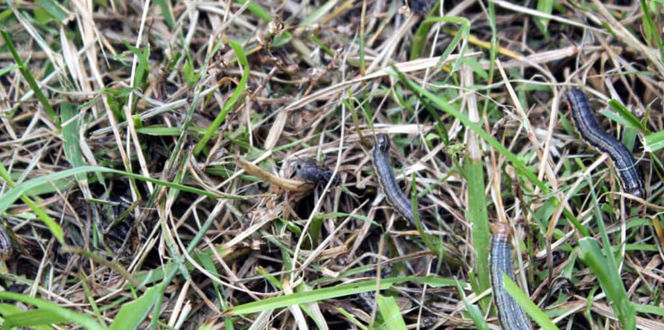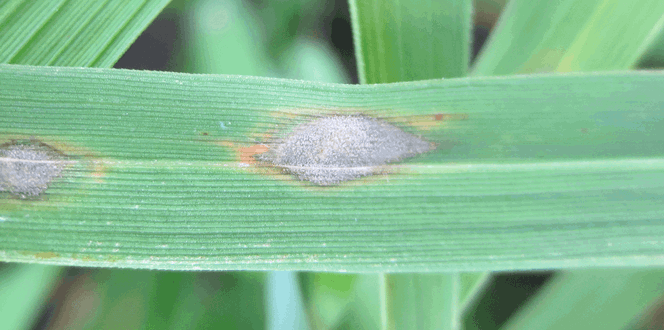Spring Dead Spot In Bermudagrass Description:
Spring Dead Spot (SDS) is a common turf disease that is caused by the fungi Ophiosphaerella herpotricha and O. korrae. The disease creates dead or dying brown patches of turf that vary in diameter depending on the severity of the infection.
Hosts:
Bermudagrass is the most common host to SDS. It is typically found on turfs with high-maintenance activities such as golf courses, residential lawns, and sports fields.
Biology & Symptoms:
Patches of dead grass may start to show as turfgrass begins to green in the spring. The disease can reappear year after year if left untreated and patches may increase in size each year. The fungi attack the grass at the roots, cutting off the nutrient supply to the leaves. Common stressors that can contribute to this disease include:
- Over-irrigation
- Poor soil drainage
- Excessive thatch
- Soil compaction
- Extended dry periods
Disease Management:
Once the fungi have infected the turf and SDS has developed, treatment is possible but difficult. Fungicide treatments, fertilization, and proper watering methods can be applied to help restore the turf to health. Prevention is the best way to manage SDS. Help keep the turf healthy with fertilization and watering practices. To learn more about managing SDS or preventing it, consult your local arborist.
*Photo credit - Lee Miller, University of Missouri, Bugwood.org





